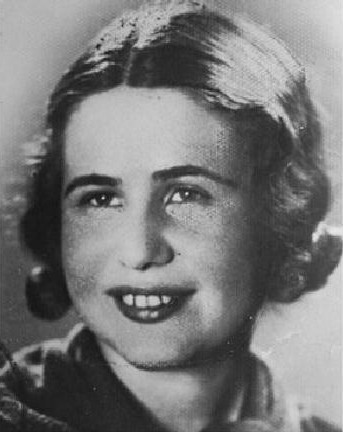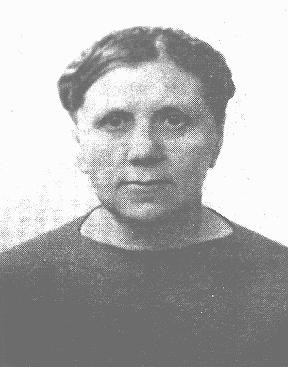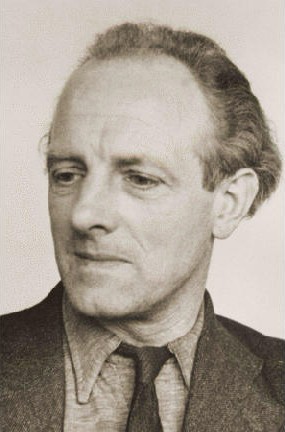
Ona Simaite, Joop Westerweel, Irena Sendler
The history of the Holocaust is more than indifference, destruction, and loss. It is also about survival, resistance, and courage. In the face of cruelty and danger, some people refused to be bystanders and acted, often paying with their lives. They affirmed life and honored humanity. Three such examples are highlighted below.
Ona Simaite (1899–1970), Lithuania
Ona Simaite, a librarian at Vilna University, used her position to aid and rescue Jews in the Vilna ghetto. Entering the ghetto under the pretext of recovering library books from Jewish university students, she smuggled in food and other provisions and smuggled out literary and historical documents. In 1944, the Nazis arrested and tortured Simaite. She was then deported to Dachau and later transferred to a concentration camp in southern France. She remained in France following her liberation.

Joop Westerweel (1899–1944), the Netherlands
A teacher in a progressive school, Joop Westerweel helped organize an escape route for young Jews fleeing the Netherlands during the German occupation. From December 1942 through 1944, his underground group smuggled between 150 and 200 Jews to Belgium, on to France, and from there into Switzerland and Spain. Captured by the Nazis and imprisoned in the Vught concentration camp, Westerweel was tortured but refused to reveal his network of contacts. He was executed on August 1, 1944.
Irena Sendler (1910–2008), Poland
As head of the children's section of Zegota, the Polish underground Council for Aid to Jews, social worker Irena Sendler (alias "Jolonta") helped smuggle several hundred Jewish children out of the Warsaw ghetto. Hiding them in orphanages, convents, schools, hospitals, and private homes, she provided each child with a new identity, carefully recording in code their original names and placements so that surviving relatives could find them after the war. Arrested by the Gestapo (German secret state police) in the fall of 1943, Sendler was sentenced to death. Zegota rescued her before execution. She assumed a new identity and continued her work for Zegota.

Critical Thinking Questions
- What risks, pressures, and motivations confronted rescuers during the Holocaust?


